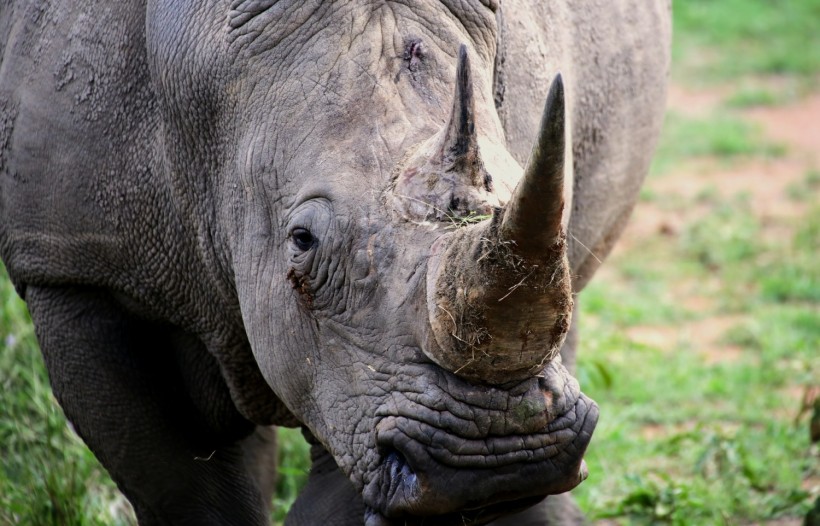Illegal wildlife trade, which includes wildlife smuggling or wildlife trafficking, is a global threat affecting wild animals. The increased demand for meat, skin, tusks, and other body parts of these animals is what drives this underground industry. Although local and international measures to combat wildlife trafficking have been imposed in the past several decades, wildlife smuggling and its international networks have persisted in Africa, Asia, Europe, and even in the Americas.
Earlier this month, the Canadian government issued a ban on illegal wildlife trade, particularly those involving elephant ivory and rhino horn. The move aims to protect these wild animals, which continue to be threatened and hunted down in Africa and other parts of the world. This black market for wild animal smuggling has increased in Canada for more than a decade, where thousands of animals and their body parts were sized by local authorities.
Canada Wildlife Trafficking Ban

Canada has imposed new regulations against illegal wildlife trade, particularly when it comes to banning the import of hunting trophies that include elephant ivory tusks and rhino horns, according to the Human Society International (HSI). Canada's minister of environment and climate change, Steven Guilbeault, stated that the Canadian government aims to protect and conserve elephant and rhinoceros populations, which saw a global decline.
In particular, the ban prohibits the domestic trade of elephant ivory and rhino horn, as well as the importation of hunting trophies that include these parts. This landmark initiative is based on a 2021 Ministerial mandate and is a manifestation of a seven-year campaign by HSI/Canada for the protection of these wild animals.
Prior to the Canada wildlife trafficking ban, the country had an existing law that states that it is illegal to import all wildlife that has been illegally, especially those without authorized permits, obtained from a foreign country.
Also Read: Despite Low Seizure Amount, Illegal Wildlife Trade May Boom Because of Covid-19
Illegal Wildlife Trade
According to Stephen Kavanagh, INTERPOL's executive director of police services, wildlife crime or illegal wildlife trade has become one of the world's largest criminal activities. During INTERPOL's November 6 news release, Kavanagh attributed that wildlife crime relates to armed violence and corruption, as well as financial crimes.
The intergovernmental organization, during the United for Wildlife Summit, also stated that environmental and wildlife crime continues to grow and pushes many species to the brink of extinction. Illegal wildlife trafficking is the world's fourth most lucrative crime after arms, drugs, and humans; with value generation of $7 billion USD and $23 billion USD annually, according to the African Wildlife Foundation (AWF).
Based on multiple documentaries and reports about illegal wildlife smuggling over the past several decades, evidence shows that the criminal trade of some animals and their body parts has accelerated along with the development of modern-day land, air, and water transportation. For instance, the United States and Canada in recent years have seized trafficked wildlife at airports and other transport hubs.
Related Article: Illegal Wildlife Trade: Sale of Restricted Wild Orchids Goes Unchallenged in Southeast Asia, Say Researchers
© 2024 NatureWorldNews.com All rights reserved. Do not reproduce without permission.

![Tsunami Hazard Zones: New US Map Shows Places at Risk of Flooding and Tsunamis Amid Rising Sea Levels [NOAA]](https://1471793142.rsc.cdn77.org/data/thumbs/full/70325/280/157/50/40/tsunami-hazard-zones-new-us-map-shows-places-at-risk-of-flooding-and-tsunamis-amid-rising-sea-levels-noaa.jpg)



